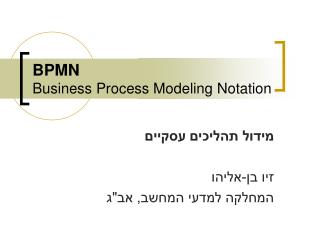
Localhost:8080 → Tasklist → Start Process → camunda_example-process, enter any business key. In generated example by default we have one BPMN process src/main/resources/process.bpmn. By default login and password are generated as demo/demo, but you can change it in application.yaml in -user or move to another place to make in more secure. Open localhost:8080 in browser and you’ll get an admin control panel.

Then we can open it with IDE, run and check if everything is okay. But we also can use it with Postgres, Kotlin and Gradle. In this example use default settings: H2 Database, Java11, Maven. We can generate example project with camunda using. It includes engine, visual modeler and control instruments, tools for collaboration editing and managing, get heat maps of processes and more. One of the most common implementation of BPMN engine is Camunda. It’s perfect, for example, for processes that frequently changing with complex logic. We also want to know which process is succeed, or if it failed we want to know where and why. If the process fails on one element, it should be possible to rerun it from failed place any number of times. It can be used both by engineers and managers.įor example, we have a business process, which can be split into separate logic elements.


This is the kind of formalised graphical notation, visual representation of business process. In complex business process with many if-else clauses, switches and branches, which is need to be updated very hard not just make any change but even understand how does it work. In this article I’ll tell about BPMN (Business Process Model and Notation) with a small demo. Hello! I’m Leo and I’m backend engineer AnyTag team


 0 kommentar(er)
0 kommentar(er)
